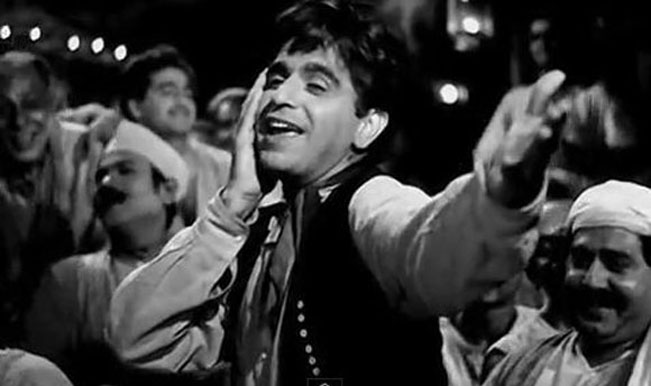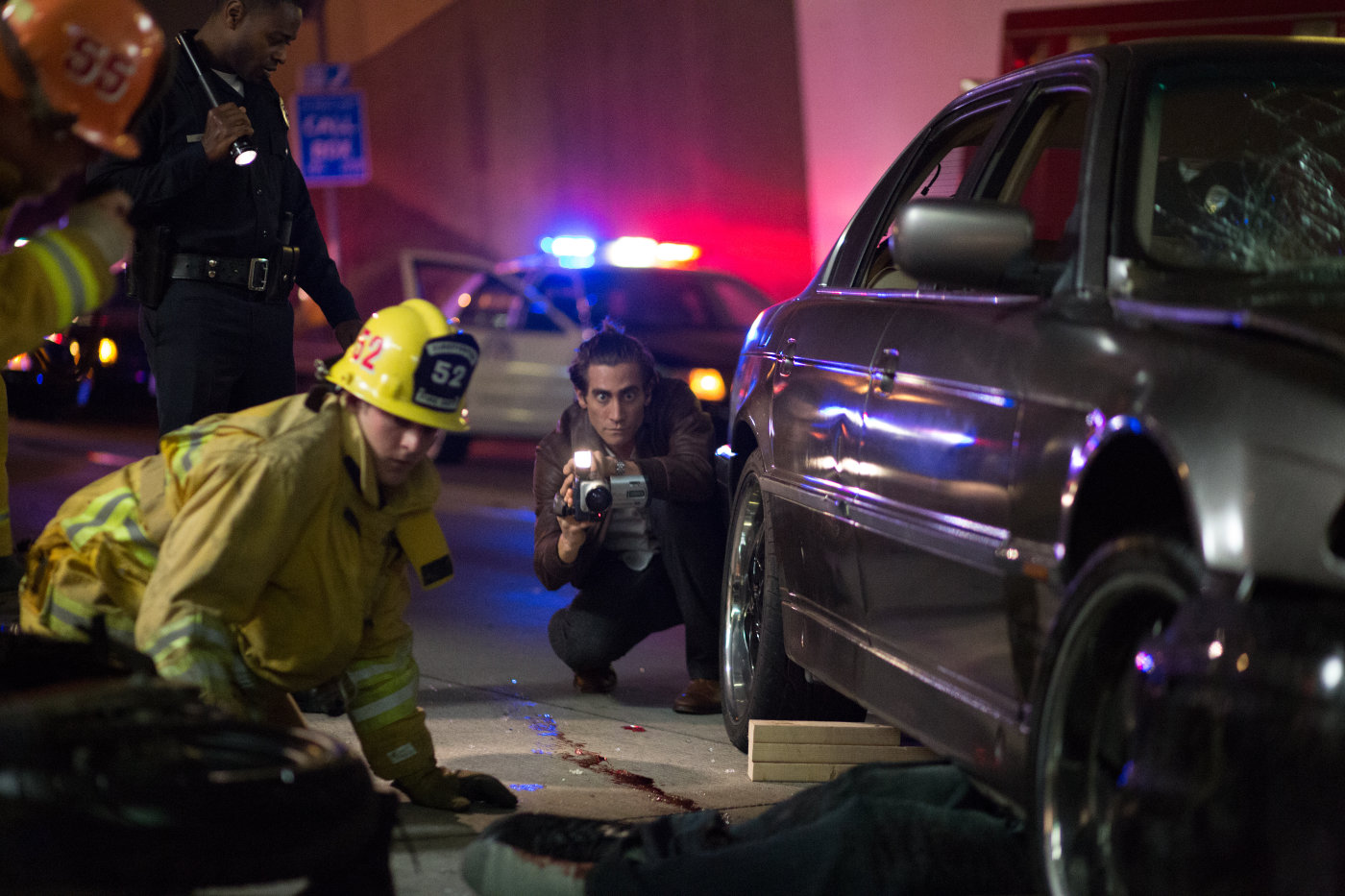My Mumbai Mirror column:
The funny, warm indie Sulemani Keeda shows us a world of Bollywood aspirants, but it isn't so much a film about that world as a voice from within it.
Last month, Bollywood gave us Happy Ending, a self-proclaimed takedown of rom-coms in general and happy endings in particular. In it, Saif Ali Khan's bestselling writer hero — assailed by the worrying thought that he might have actually fallen in love —was urged out of the house by his imaginary alter-ego, in pursuit of the departing girl. The film's 'airport scene' (as the film's makers labelled the cliche they were making fun of) was allowed to end in the girl leaving—but only to create room for the real, apparently inescapable, happy ending: the boy flying to India to convince the girl. It was a glib, unconvincing claim that they'd avoided the cliche.
Last week, in Amit Masurkar's Sulemani Keeda, I watched as the protagonist Dulal, having confessed he's in love with a girl he met three days ago, was urged by his friend, housemate and screenwriting partner Mainak to go to her house and stop her leaving for America. "Bahut ho gaya ye chori chori pyar. Daaku ban, daaku!" exhorts Mainak, and even though we, the audience, know better than Dulal that Mainak is far from being sincere, we can't but egg the boy on, towards the distant possibility of a happy ending. But equally, it's impossible not to be charmed by what follows: let in by a surprised Ruma, the lovestruck Dulal first begs her not to go. Then, before she can say anything in response, her parents emerge from the other room to see who this boy is, and Dulal falls to his knees, declaring his love for their daughter.
This is the scene as it ought to have been played; a moment that captures both the intensity of feeling that Dulal has built up in all sincerity, and the insane filminess of it—reflected in Ruma's parents' quiet bemusement (casting Uday Chandra as her father is a stroke of genius), and in Ruma's own gentle but firm refusal to change her carefully laid-out plans for a boy she thinks is sweet, but whom she barely knows.
The funny thing is that Sulemani Keeda doesn't set out to rewrite 'romedy'. In fact when the Ruma angle begins to take over, Masurkar manages to sneak in a funny line about how she was supposed be the side track, not the main track.
The film has been described in the media as a "bromance", and its opening moments—the two young men asleep in their unkempt apartment, and the camera moving from the magazines upturned on their stomachs to the posters on the wall and the books in their bookcases, until a girlfriend calls and wakes one of them up—reminded me of Delhi Belly. Plenty of films have used this young-men-living-scruffily-together setting since: I can think of Pyaar ka Punchnama and Go Goa Gone. But the film to which Sulemani Keeda seems to truly doff its hat is the original bachelor comedy, Sai Paranjpe's Chashme Buddoor. Mainak is the Rakesh Bedi-cum-Ravi Basvani to Dulal's sincere Farooque Shaikh, providing comic relief, trying to woo the ladies a little too obviously, and throwing in some amusing untruths along the way. There's even a scene where Mainak drives 'Oona from Poona' home in a hopeful horny haze, and we see him ascend her staircase, doing the ridiculous almost-jig that Baswani made unforgettable. And his quick-footed retreat at the sight of her muscley boyfriend immediately brings Deepti Naval's threateningly large brother to mind.
The film is self-aware without being smart-alecky and warm without being mushy. It experiments with form in zany animated sequences and slow-mo black and white interludes, yet is consistently well-observed, whether in the male-female dynamics of its chilled-out house party or the hilarious interactions with Pokhriyal, the landlord's poet-aspirant son. Perhaps this is because of how close its director and actors are to the world they're recreating here. Masurkar, whose 30-lakh-rupee directorial debut this is, has spoken in interviews of how he came to write a film about two screenwriting hopefuls doing the rounds of Bollywood's important people in the hope of a break. "Generally what happens when you're writing is that you write with a director in mind. This was something I wrote with people in mind," Masurkar said. Many of these people are real: famous people like Mahesh Bhatt and Anil 'Gadar' Sharma (though their cameos as themselves I thought were the film's most amateurish sections), as well as Dulal and Mainak, played by Masurkar's friends Mayank Tiwari and Naveen Kasturia, both working their way through Bollywood in real life. Himself a film and television writer who moved to Versova in 2009, Masurkar's film is an unvarnished, wry, but not quite bitter look at the world of culture industry aspirants he inhabits.
These young men have come to Bombay (in this case from Delhi) to become 'writers', and they appear torn between an aspirational literate milieu of bookshops and open mics, and a Bollywood world that will seemingly only reward them for not pushing the envelope. There's also an all-too-real moment where the aspiring young filmwalas come to blows with TV-walas they're in the process of insulting for having sold out. The film doesn't make a big hoo-ha about it, but the tug of war between making it and being true to yourself is definitely its "main track". One hopes all its protagonists can stay on it. That really would be a happy ending.
The funny, warm indie Sulemani Keeda shows us a world of Bollywood aspirants, but it isn't so much a film about that world as a voice from within it.
Last month, Bollywood gave us Happy Ending, a self-proclaimed takedown of rom-coms in general and happy endings in particular. In it, Saif Ali Khan's bestselling writer hero — assailed by the worrying thought that he might have actually fallen in love —was urged out of the house by his imaginary alter-ego, in pursuit of the departing girl. The film's 'airport scene' (as the film's makers labelled the cliche they were making fun of) was allowed to end in the girl leaving—but only to create room for the real, apparently inescapable, happy ending: the boy flying to India to convince the girl. It was a glib, unconvincing claim that they'd avoided the cliche.
Last week, in Amit Masurkar's Sulemani Keeda, I watched as the protagonist Dulal, having confessed he's in love with a girl he met three days ago, was urged by his friend, housemate and screenwriting partner Mainak to go to her house and stop her leaving for America. "Bahut ho gaya ye chori chori pyar. Daaku ban, daaku!" exhorts Mainak, and even though we, the audience, know better than Dulal that Mainak is far from being sincere, we can't but egg the boy on, towards the distant possibility of a happy ending. But equally, it's impossible not to be charmed by what follows: let in by a surprised Ruma, the lovestruck Dulal first begs her not to go. Then, before she can say anything in response, her parents emerge from the other room to see who this boy is, and Dulal falls to his knees, declaring his love for their daughter.
This is the scene as it ought to have been played; a moment that captures both the intensity of feeling that Dulal has built up in all sincerity, and the insane filminess of it—reflected in Ruma's parents' quiet bemusement (casting Uday Chandra as her father is a stroke of genius), and in Ruma's own gentle but firm refusal to change her carefully laid-out plans for a boy she thinks is sweet, but whom she barely knows.
The funny thing is that Sulemani Keeda doesn't set out to rewrite 'romedy'. In fact when the Ruma angle begins to take over, Masurkar manages to sneak in a funny line about how she was supposed be the side track, not the main track.
The film has been described in the media as a "bromance", and its opening moments—the two young men asleep in their unkempt apartment, and the camera moving from the magazines upturned on their stomachs to the posters on the wall and the books in their bookcases, until a girlfriend calls and wakes one of them up—reminded me of Delhi Belly. Plenty of films have used this young-men-living-scruffily-together setting since: I can think of Pyaar ka Punchnama and Go Goa Gone. But the film to which Sulemani Keeda seems to truly doff its hat is the original bachelor comedy, Sai Paranjpe's Chashme Buddoor. Mainak is the Rakesh Bedi-cum-Ravi Basvani to Dulal's sincere Farooque Shaikh, providing comic relief, trying to woo the ladies a little too obviously, and throwing in some amusing untruths along the way. There's even a scene where Mainak drives 'Oona from Poona' home in a hopeful horny haze, and we see him ascend her staircase, doing the ridiculous almost-jig that Baswani made unforgettable. And his quick-footed retreat at the sight of her muscley boyfriend immediately brings Deepti Naval's threateningly large brother to mind.
The film is self-aware without being smart-alecky and warm without being mushy. It experiments with form in zany animated sequences and slow-mo black and white interludes, yet is consistently well-observed, whether in the male-female dynamics of its chilled-out house party or the hilarious interactions with Pokhriyal, the landlord's poet-aspirant son. Perhaps this is because of how close its director and actors are to the world they're recreating here. Masurkar, whose 30-lakh-rupee directorial debut this is, has spoken in interviews of how he came to write a film about two screenwriting hopefuls doing the rounds of Bollywood's important people in the hope of a break. "Generally what happens when you're writing is that you write with a director in mind. This was something I wrote with people in mind," Masurkar said. Many of these people are real: famous people like Mahesh Bhatt and Anil 'Gadar' Sharma (though their cameos as themselves I thought were the film's most amateurish sections), as well as Dulal and Mainak, played by Masurkar's friends Mayank Tiwari and Naveen Kasturia, both working their way through Bollywood in real life. Himself a film and television writer who moved to Versova in 2009, Masurkar's film is an unvarnished, wry, but not quite bitter look at the world of culture industry aspirants he inhabits.
These young men have come to Bombay (in this case from Delhi) to become 'writers', and they appear torn between an aspirational literate milieu of bookshops and open mics, and a Bollywood world that will seemingly only reward them for not pushing the envelope. There's also an all-too-real moment where the aspiring young filmwalas come to blows with TV-walas they're in the process of insulting for having sold out. The film doesn't make a big hoo-ha about it, but the tug of war between making it and being true to yourself is definitely its "main track". One hopes all its protagonists can stay on it. That really would be a happy ending.













